Ee & een
In Shaetlan there are two forms which translate into StE 'one': ee and een. They have separate functions: ee is the numeral form and is used attributively (like an adjective/descriptive word):
– I mind ee day... ('I remember one day...')
But een is used absolutely and substitutes the noun (entity), and functions like a pronoun:
– Gie me yun een. ('Give me that one.')
– A'm seen yun eens afore. ('I've seen those ones before')
Both forms go back to Old English ān 'one'. Starting in the 13C ān was reduced to a or ai before consonants in the northern areas. This split became permanent and got a grammatical meaning difference which is still reflected in Shaetlan: the full form (ān > een) was reserved for the pronoun function, while the reduced form (a(i) > ee) was reserved for the attributive (descriptive) function. Standard English lacks this differentiation.

